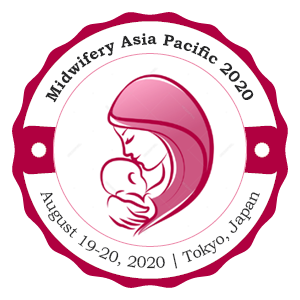Burgos, Marion
Far Eastern University , Philippines
Title: First Trimester Post-Abortal Placenta Increta: A Case Report
Biography
Biography: Burgos, Marion
Abstract
Obstetrical hemorrhage is one the leading causes of maternal morbidity and mortality in our country. The objective of this report is to present a case of a 30-year-old, Gravida 3 Para 1 (1021) who had persistent vaginal bleeding post dilatation and curettage due to missed abortion at 11 weeks gestational age. Differential diagnosis included retained secundines, gestational trophoblastic neoplasia, uterine arteriovenous malformation, and placental accrete syndrome. This could be differentiated by beta human chorionic gonadotrophic hormone and transvaginal ultrasound. What made the case interesting is the dilemma in the diagnosis. In a case of persistent vaginal bleeding after curettage and with a history of cesarean delivery, one will initially think of placenta accrete syndrome. But then, initial diagnostic tests pointed out to uterine arteriovenous malformation. Due to the dilemma of the service team in clinching the diagnosis for a single disease entity, pelvic magnetic resonance imaging with contrast was done revealing a possible placenta accreta, but cannot totally rule out vascular tumor.
Since patient was initially desirous of future pregnancy, medical management was started and was scheduled for CT angiography. However, due to persistent vaginal bleeding, she underwent Total Abdominal Hysterectomy. Histopathology result revealed a placenta increta.
In the advent of technology, a wide array of diagnostic modalities can be used to make an appropriate diagnosis. Clinical correlation and a high index of suspicion must be at all times considered above all. No matter how rare the condition, it should still be at the back of our minds.

